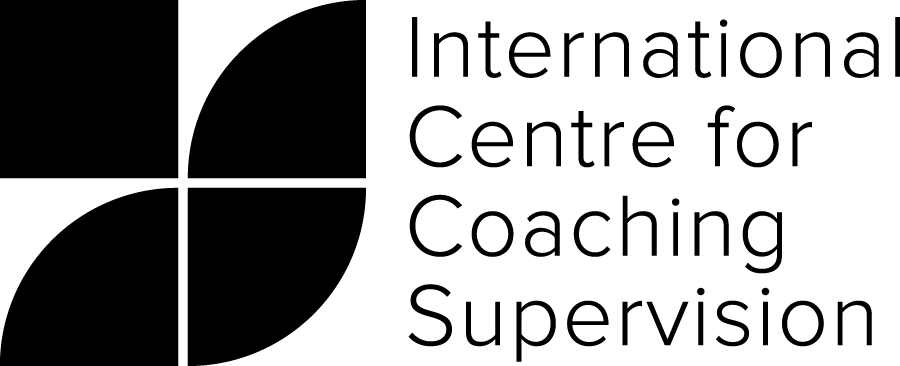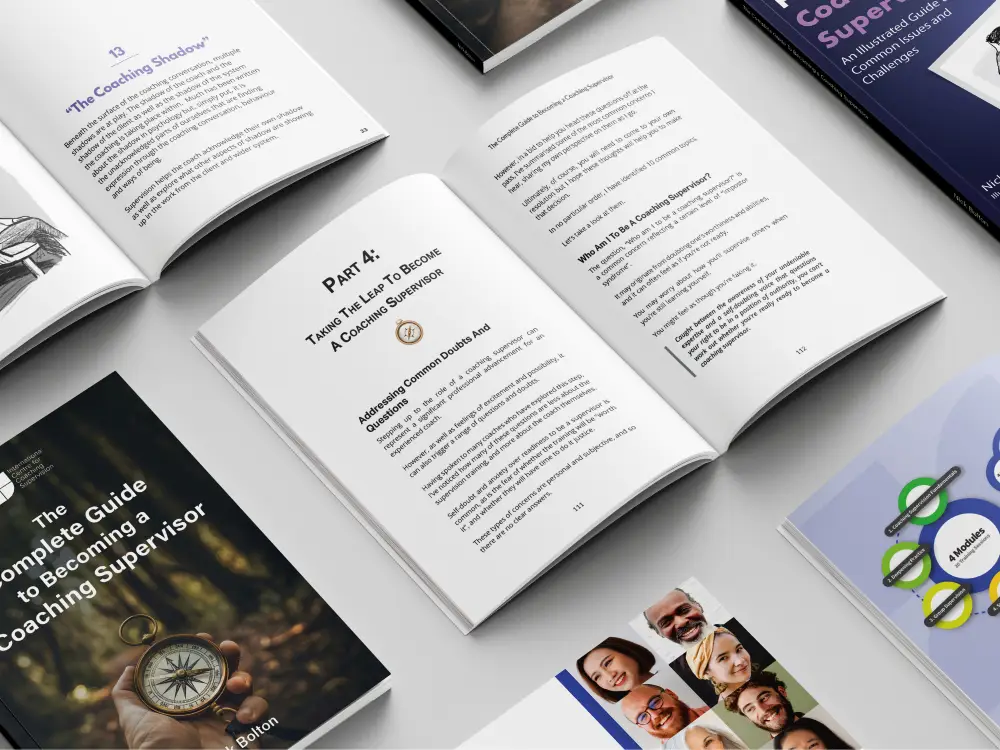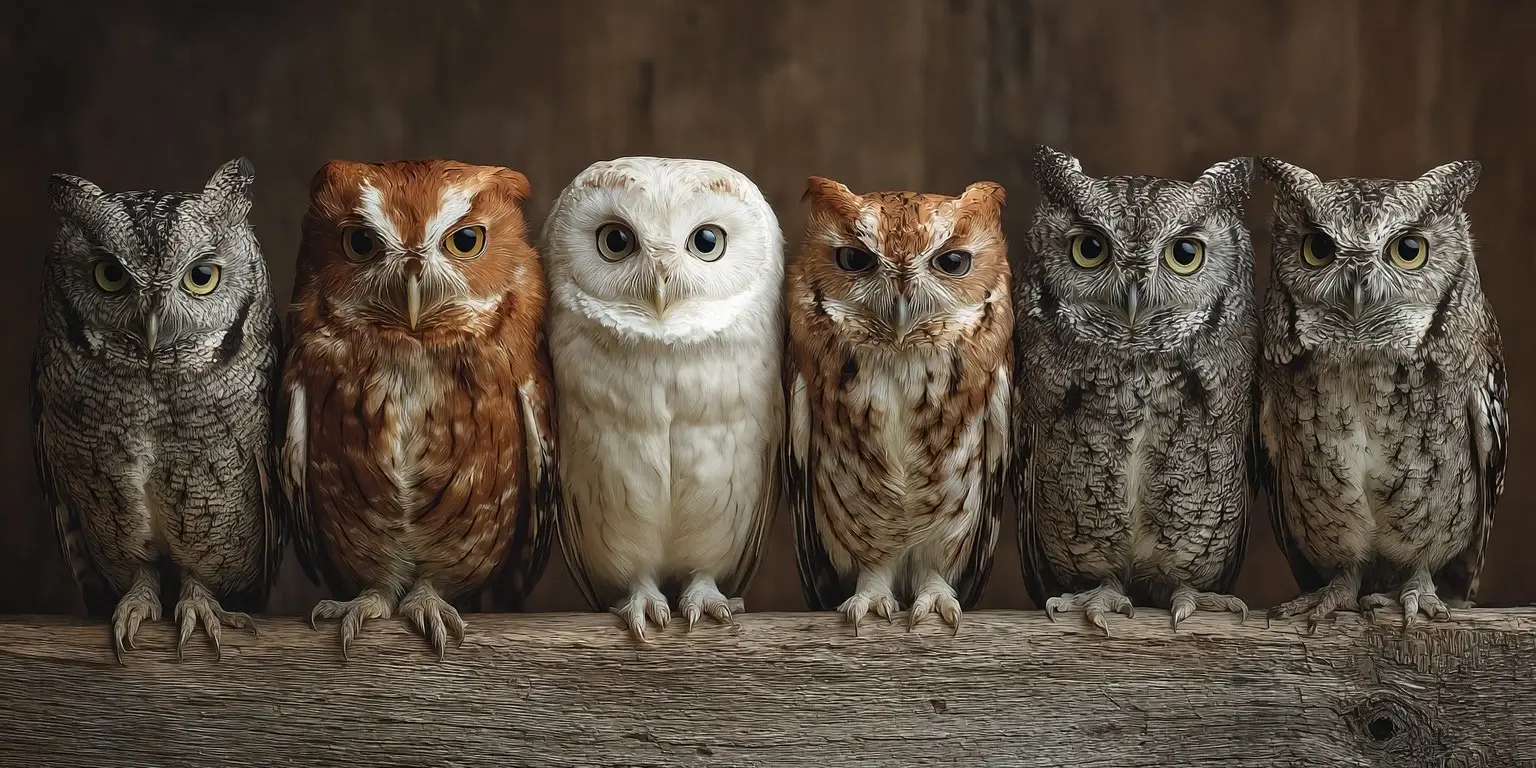It seems to me that all fields of professional practice move from simplicity to complexity over time.
And whilst this complexity it often warranted, there is something lost in the essence of the profession along the way.
The proliferation of models, tools, frameworks and theories can provide a rich environment for the practitioner as they mature but it can be overwhelming for the newer practitioner entering the field.
Such is perhaps becoming the case with coaching supervision too where frameworks like the Seven-Eyed Model, Heron’s Six Categories, Carroll’s Ethical Maturity Model and Clutterbuck’s Coaching Maturity Model, not to mention psychodynamic and systemic approaches, often act as a distraction to the essence of what the act of coaching supervision is really about.
And so, for me, amidst this theoretical abundance, an important question arises:
What actually makes supervision supervision and how do we hold to its essence?
In a bid to answer this, I have attempted here to pare back supervision to what make it unique and, in this article, I share what I consider the foundational principles. This is not meant as my final word on this but rather as an opening exploration in a bid to help newer supervisors find their way through the maze of acronyms, ideas and theories.
The Core Principles of Coaching Supervision
1. Reflective Practice as the Foundation
At its heart, supervision is a reflective dialogue. It is a space for coaches to pause, step back, and examine their work with fresh eyes and deeper awareness.
“Reflection – stepping back to gain perspective and insight – is central to the work we do as supervisors.”
Supervision invites a new of thinking about a coach’s practice and encourages a capacity to notice patterns, challenge assumptions, and deepen understanding.
If the supervisor is doing this, they are supervising!
2. The Three Functions as a Structural Anchor
The formative, normative, and restorative functions provide a coherent organising principle that goes beyond technique:
-
Formative: Supporting the coach as practitioner
-
Restorative: Supporting the coach as person
-
Normative: Supporting the coach as professional
These functions are not ways of doing supervision but rather act as a compass for what needs to be explored.
Simply by being aware of, and attending to, these three areas as required the supervisor is supervising across all dimensions.
3. Systemic and Relational Holding
Supervision, at its best, keeps the whole system in mind. Unlike coaching which focuses almost exclusively on the client, supervision attends to the needs of:
- the supervisee
- the client
- the self
- the organisation
- the coaching profession.
While the Seven-Eyed Model offers a way to map these systemic layers, it is only a map. It is the supervisor’s attention to these areas that is important.
If the supervisor attends to all four stakeholders as necessary, then they are supervising across the system.
4. Ethical Vigilance and Integrity
Supervision brings ethical codes into lived experience. It is a reflective stance towards what is right, fair, and appropriate in complex realities—not just a checklist of rules.
Carroll’s model of ethical maturity is useful here but again, it is just one map.
The key to supervision is the awareness of and attention to ethical dilemmas, ethical choices and ethical action.
If the supervisor pays attention to this, then they are supervising with ethics in mind.
5. Presence, Attunement, and Use of Self
Supervision is profoundly relational. Great supervisors are not technicians—they are instruments, using presence, intuition, and attunement to what is spoken and unspoken.
Much has been written about this but the litmus test for a supervisor is the extent to which they can notice what is going on for themselves and between themselves and the supervisee and to bring this into the space where it seems useful and to do so without attachment to its usefulness.
If the supervisor can attend to themselves and the quality of the relationship, then they are supervising relationally.
6. Supportive Challenge and Safe Exploration
Supervision is not a performance review. It is a paradoxical space where safety and stretch co-exist. Here, coaches bring not only triumphs but also self-doubt, stuckness, self-doubt and ethical uncertainty.
The role is not to assess or fix, but to offer space for deeper inquiry and growth and this is often achieved through a balance of challenge and support.
If the supervisor finds they are able to challenge where needed and support where needed without either being a compulsion or habit, then then they are supervising in balance.
7. Commitment to Uncovering the Change Needed
Supervision is, by nature, a developmental relationship. It is not only a space for release and catharsis but for growth and change.
Supervision, like coaching, aims to uncover the change that is needed and the road that will lead there. It is pragmatic rather than only dialogic.
If the supervisor is helping the coach identify what they can do differently then they are supporting practical change.
Models Are Tools—Not the Essence
So where do the models fit?
Frameworks like the Seven-Eyed Model, Heron’s Categories, TA, or psychodynamic theory can offer powerful lenses—but they are not what makes supervision supervision.
Instead, they are tools that become most effective when integrated within a principled supervision practice.
Take the Seven-Eyed Model, for example. A principled supervisor doesn’t need to consciously “use” the model when the are in the process of supervising. But perhaps it becomes a tool for reflective practice to notice:
-
Which areas of the supervision system they naturally gravitate toward
-
Which areas they may neglect
-
How they allow themselves to be part of that system
Likewise, Heron’s Categories can be illuminating as a mirror for our habitual styles of intervention. Do we tend to advise more than invite? Do we avoid confrontation? Do we over-support? Do we invite or avoid emotions?
Similarly psychodynamic theory – what transference or countertransference might have been going on? What parallel processes?
By using these models as reflection-on-action rather than in-action, we can take an informed helicopter view of our practice.
Staying Grounded in Principle
Supervision is not a performance of models.
It is a space for thinking, feeling, exploring, and evolving. When we forget this, we risk becoming procedural rather than present, performative rather than principled.
As supervisors, our work is not to impose structure—but to hold space, notice patterns, support development, and maintain ethical clarity.
Models can guide. But principles must lead.
Reflection for Supervisors:
-
Which of the principles do you feel most grounded in? Which might need more attention in your practice?
-
How do you currently use models in supervision? Do they support or overshadow the principles?
-
What would it mean to “supervise from principle” rather than from model?
By returning to the essence of coaching supervision, we ensure that our work remains alive, human, and deeply professional.


 Learn About our Coaching Supervision Training
Learn About our Coaching Supervision Training The Complete Guide to Becoming a Coaching Supervisor
The Complete Guide to Becoming a Coaching Supervisor Picturing Coach Supervision: An illustrated Guide
Picturing Coach Supervision: An illustrated Guide Course details and dates for our Accredited Diploma in Coaching Supervision
Course details and dates for our Accredited Diploma in Coaching Supervision A self-assessment to gauge your readiness
A self-assessment to gauge your readiness A course assessment checklist for reviewing any supervision course
A course assessment checklist for reviewing any supervision course


